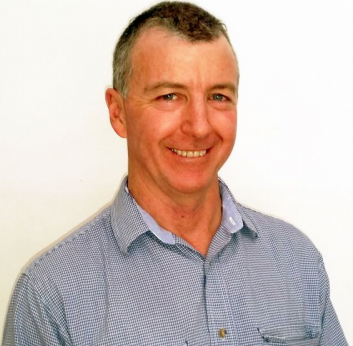Australian researcher to discuss advances in weed seed control

Michael Walsh, director of weed research at the University of Sydney in Australia, will give his lecture, “The Importance of Harvest Weed Seed Control” on Tuesday.
October 21, 2019
The importance of weed seed control and machinery advances that help farmers in Australia will be discussed by Michael Walsh, director of weed research at the University of Sydney.
Walsh will present his research at 4:10 p.m. Tuesday at Horticulture Hall, room 18, with “The Importance of Harvest Weed Seed Control” lecture.
Walsh started his research and development of machinery because weeds were becoming resistant to almost all chemical herbicides, according to Matthew Liebman, professor of agronomy.
Weeds becoming resistant to chemical herbicides is also becoming a prevalent problem in the United States.
“So here in the United States, particularly in the Midwest, we are also beginning to experience really serious problems with herbicide resistant weeds,” Liebman said. “And the types of machinery innovations that they’ve tried in Australia are of interest to some folks here, and [Walsh] is giving us a preview of what we might do.”
Walsh’s advances in technology have allowed Australian farmers to use a machine to separate crop seeds and weed seeds. The weed seeds are then ground up and destroyed before returning back to the fields during harvest, Liebman said.
Liebman said he suggests students go to the lecture to get an interesting insight into what is happening in Australia.
“If students are interested in non-chemical ways to control weeds, this would be a good lecture to participate in,” Liebman said.
Tuesday’s audience members can expect to get practical information about what Australians are doing to develop this weed-seed-destroying technology and how it can be used in the United States in the future.
















